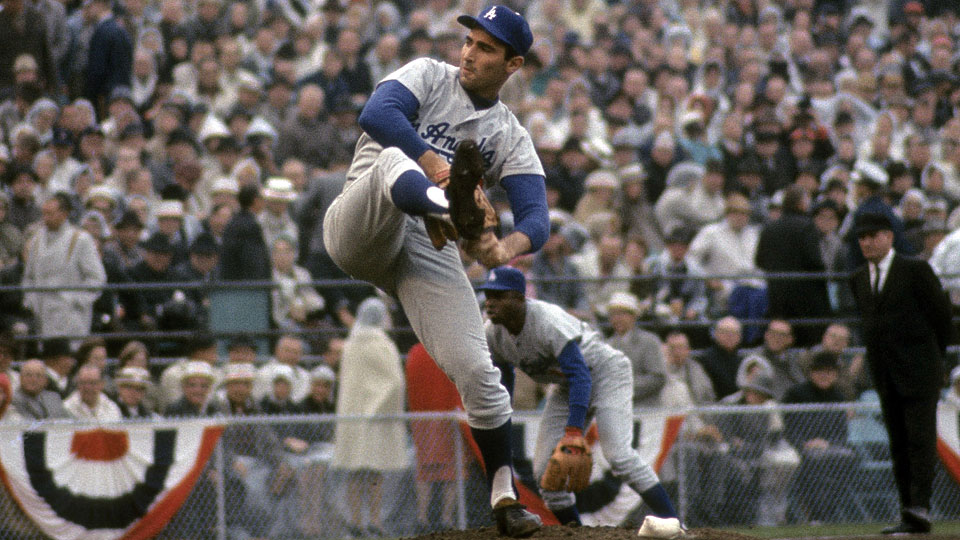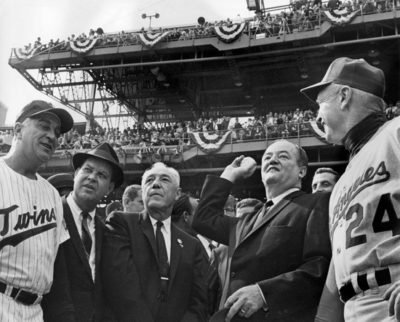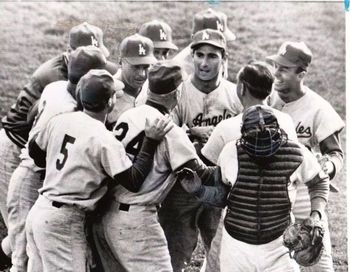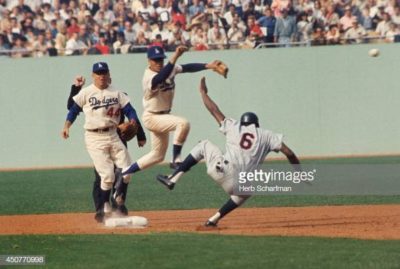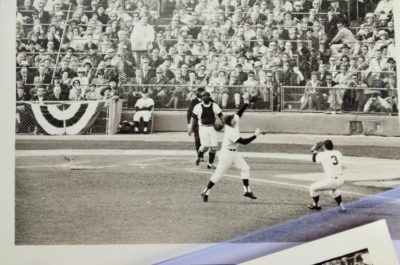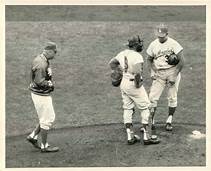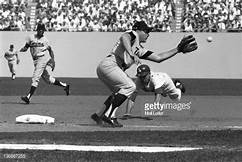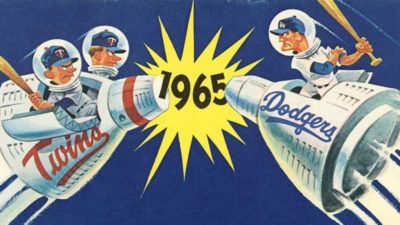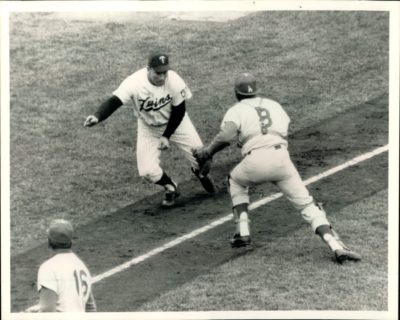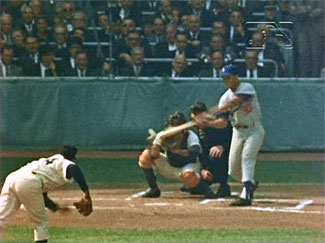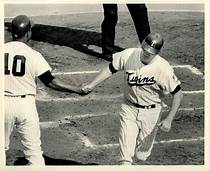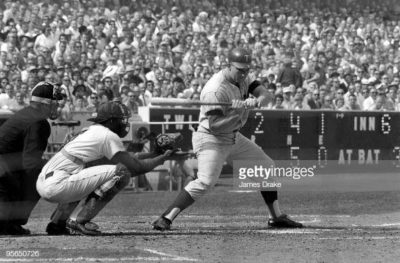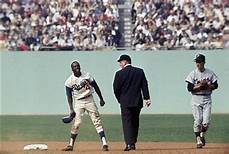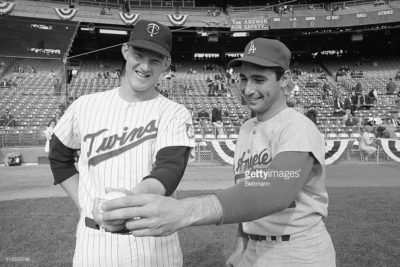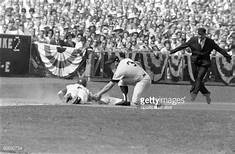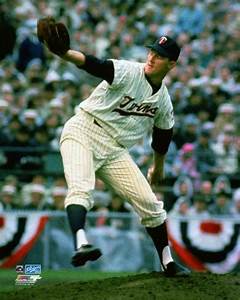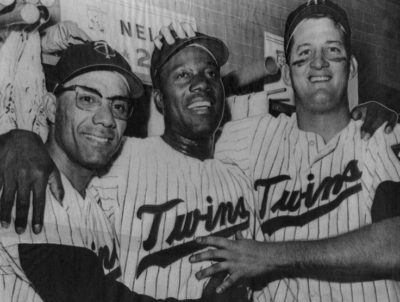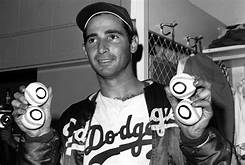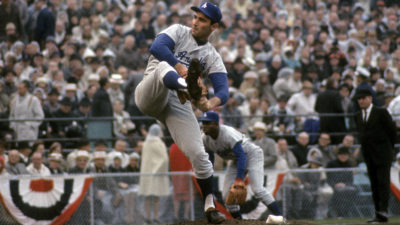Baseball History Comes Alive Now Ranked #2 by Feedspot Among All Internet Baseball History Websites and Blogs!
Guest Submissions from Our Readers Always Welcome!
Subscribe to Baseball History Comes Alive! for automatic updates (sign-up block found in right side-bar)
As a Free Bonus for subscribing, you’ll get instant access to my two Special Reports: Memorable World Series Moments and Gary’s Handy Dandy World Series Reference Guide!
Scenes from the 1965 World Series Photo Gallery
Click on any image below to see photos in full size and to start Photo Gallery:
Let’s Revisit The 1965 World Series
With the playoffs now in full swing and the World Series just around the corner, with my next few posts I’ll be focusing on some of the more memorable World Series of the past. These will all be excerpts from my book, Memorable World Series Moments.
To start things off, here’s one I’m sure most of our “senior” readers will recall. It’s the 1965 World Series, in which the Dodgers defeated the Twins in seven games. What made this World Series unique was that no relief pitchers were used by the winning team in any game of this series: the winning starting pitcher went the distance in all seven games. This had not happened since 1940, and has never been repeated since. Can you even imagine that in today’s over-managed baseball world? Neither can I!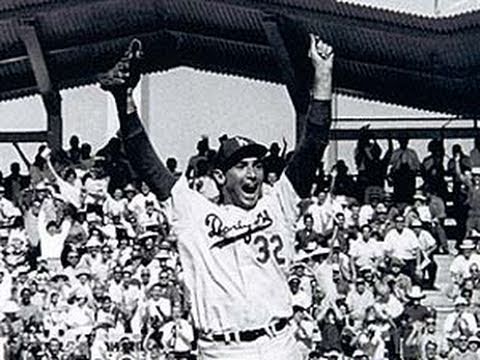
Anyway, let’s recall the 1965 season and World Series:
“Hey, skip, bet you wish I was Jewish today, too!”
So said Don Drysdale to manager Walt Alston after Game One, talking about his poor performance on the mound.
Sandy Delines to Pitch in Game One
Many of you will recall that Sandy Koufax made national news when he declined to pitch the first game of the 1965 World Series against the Twins. The scheduled game occurred on Yom Kippur, the most sacred of the Jewish holidays. Instead of pitching, Sandy attended shul and fasted on the Day of Atonement. The start went instead to ace pitcher Don Drysdale, who promptly gave up seven runs in three innings in the team’s 8-2 loss to the Twins. The Dodgers, with Koufax now on the mound, also lost Game Two; but after that, things changed dramatically in their favor.
In the 1965 regular season, the Dodgers and Twins both improved from sixth-place finishes in 1964. The Twins won the American League pennant with relative ease while the Dodgers were locked in a season-long five-way battle with the Giants, Pirates, Reds, and Braves. After the Giants won their 14th consecutive game to take a 4 1⁄2 game lead on September 16, the Dodgers went on a streak of their own, winning 13 in a row over the final two weeks of the season. They clinched the pennant on Game 161.
Koufax, with his arthritic left elbow, had survived the season on a steady mix of cortisone and pain killers. Dodger manager Walt Alston rode Koufax for all he was worth down the stretch. Alson pitched Sandy five times in 15 games in the final two weeks, including a 13-strikeout performance in the pennant winner against Milwaukee.
The Twins won their first pennant since 1933 when the franchise was the Washington Senators. The Dodgers captured their second title in three years, and their third since moving to Los Angeles in 1958.
The Twins won the first two games of the Series against Drysdale and Koufax, but once Claude Osteen shut out the Twins in Game Three, things turned around. The Dodgers proceeded to win the three middle games at Dodger Stadium and Koufax pitched two shutouts including a three-hitter with ten strikeouts to clinch the Series in Game Seven.
The Decisive Game Seven: Koufax or Drysdale?
Before the start of Game Seven, Walter Alston was torn between using Drysdale on normal rest or Koufax with only two days’ rest. He decided on the left-handed Koufax, figuring he would bring the right-handed Drysdale in on relief if needed, and then go back to his left-handed relief ace Ron Perranoski.
Koufax told announcer Vin Scully in a post-game interview that he and Drysdale had come to the ballpark that day not knowing which of them would start the game. Alston announced his decision at a pre-game meeting. The Twins went with Jim Kaat, also starting on two days’ rest. Both managers had relief pitchers warming up as their respective starters began the game.
After the early innings, Koufax gave up on his ineffective curveball and pitched the rest of the game relying almost exclusively on fastballs. In the fourth, Dodger left fielder Lou Johnson told Koufax, “I’ll get you the only run you need.” He made good on that promise with a blast that hit off the left-field foul pole giving the Dodgers a 1–0 lead. On the next pitch, Ron Fairly followed with a double and scored on a Wes Parker single. The two runs were scored on three consecutive pitches. Suddenly the Dodgers had the lead and held on to win behind Koufax, 2-0.
With shutout complete-game victories in Games Five and Seven, Sandy Koufax was named the Series MVP.
Other Interesting Tidbits:
- The Dodgers’ Willie Davis tied a World Series record stealing three bases in one game, Game Five, a record set by Honus Wagner in 1909.
- This was the first World Series in which all games were played in cities that did not have National League or American League teams in 1903, the year of the first modern World Series.
- This was the earliest World Series whose telecasts are known to survive in their entirety.
- This was the first of eleven consecutive World Series that did not include the Yankees.
- It was the first World Series in which both teams had had losing records the previous year. This has since happened two other times – both times also involving the Twins – in 1987 and 1991.
- This was only the second World Series where both teams were located west of the Mississippi River. The first occurred in 1944 when the Browns won their only pennant and faced off against their St. Louis city rivals, the Cardinals.
Next up in this series: The Classic 1926 World Series!
Shop MLB.com. The Official Online Shop of Major League Baseball.
Gary Livacari
Photo Credits: All from Google search
Information: Excerpts edited from my book, Memorable World Series Moments, and the 1965 World Series Wikipedia page
Do you have a writing project in mind and need an editor? I’m an experienced freelance writer, proofreader, and copy editor. I can help with all your writing needs including blog content and original composition. Contact me: Livac2@aol.com
Check out my two books, both now available on Amazon in e-book and paperback: “Paul Pryor in His Own Words: The Life and Times of a 20-Year Major League Umpire”and “Memorable World Series Moments.” All profits go to the Illinois Veterans Foundation.
We are a participant in the Amazon Services LLC Associates Program, an affiliate advertising program designed to provide a means for us to earn fees by linking to Amazon.com and affiliated sites. Click here to view Amazon’s privacy policy

